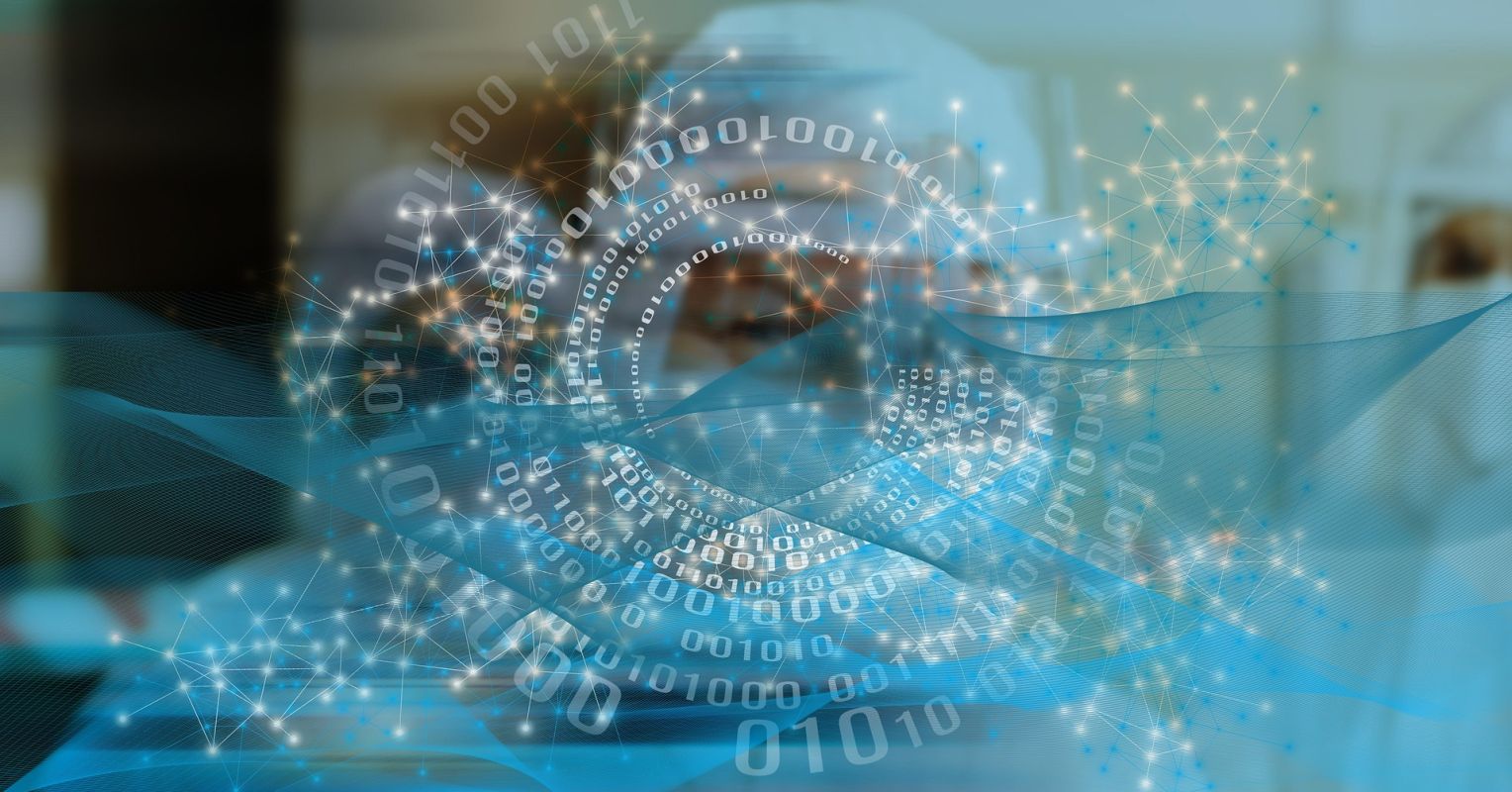
"Human beings have a tendency to stop taking medications when they feel better, sort of like how we take headache-relieving medications only while we have a headache. In addition, prescribers seem to prefer pills over equal or better treatment modalities, like time-limited dialectical behavior therapy, despite pills' often health-injuring and multiplying side effects that lead to adding other medications, creating addictions, or patients deciding to stop taking them."
"These pitfalls aren't a problem if an illness or injury is temporary, requiring only temporary treatment; they're a major downfall when the brain injury or illness is longstanding or catastrophic. Therefore, clinicians must begin looking toward permanent cures. Today, it seems like "cure" is limited to the realm of infectious diseases or associated only with certain types of cancer for which medical innovation has developed a cure. "Cure" isn't associated with brain injury. But it should be."
Mainstream medicine has largely avoided neurostimulation and neuromodulation for treating brain injury and other brain issues. Symptom-relieving psychiatric medications typically stop working once the person discontinues them, yet are often treated as permanent cures. Patients commonly stop medications when feeling better, and prescribers often favor pills over time-limited therapies despite pills’ side effects, polypharmacy, and addiction risks. Temporary illnesses may justify temporary treatments, but longstanding or catastrophic brain injury requires pursuit of permanent cures. Neurostimulation and neuromodulation are neuroplastic interventions that, when individualized using qEEG assessments, have resulted in recoveries in some cases and warrant greater clinical adoption.
Read at Psychology Today
Unable to calculate read time
Collection
[
|
...
]